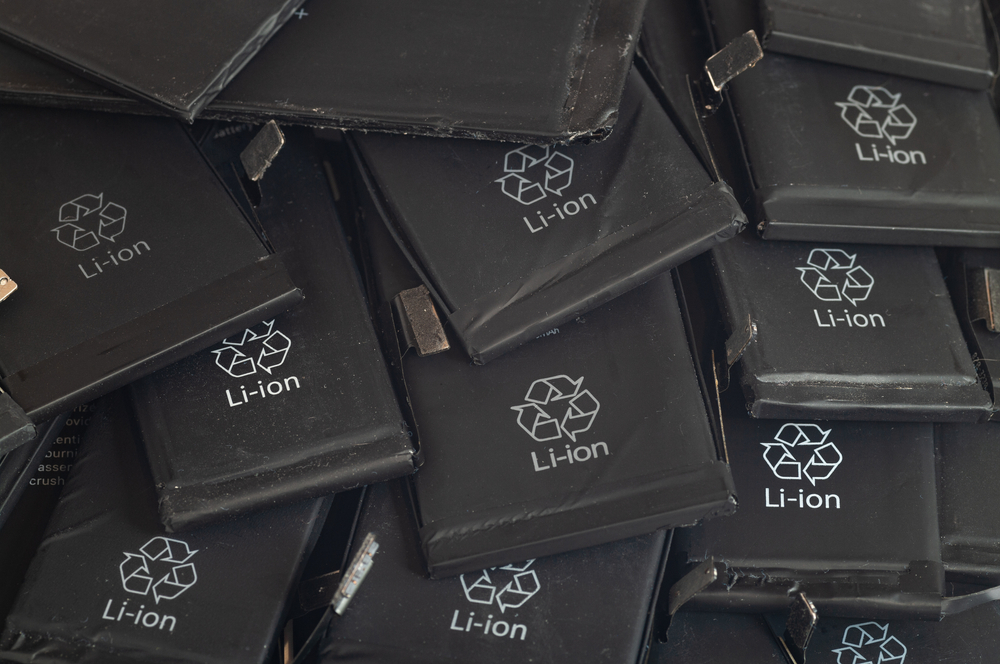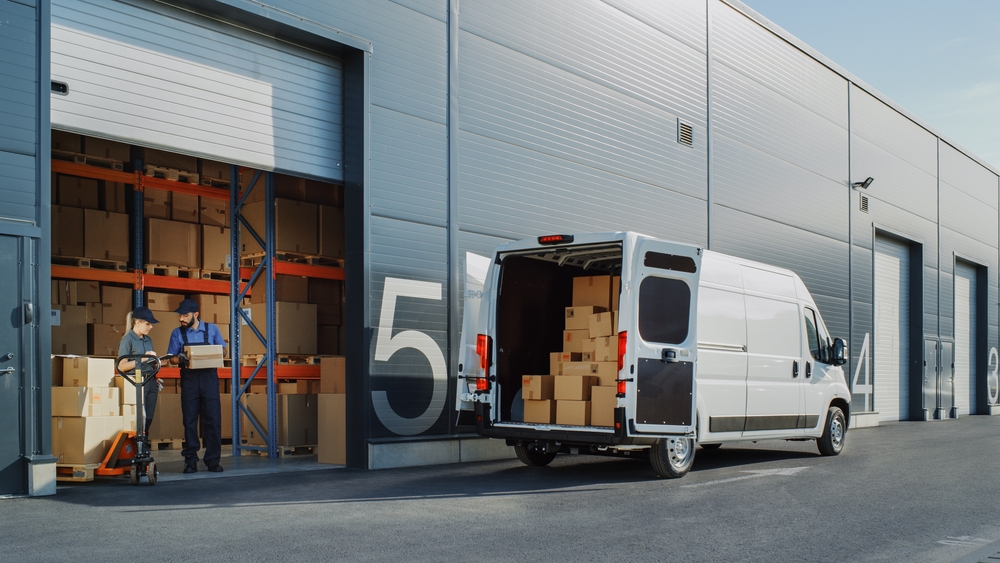In today’s global marketplace, brands are constantly expanding their reach to connect with customers everywhere. With this expansion comes challenges, such as the shipping and handling of products classified as dangerous goods. Ingredients and materials, including alcohol and lithium-ion batteries, fall under this category and are present in many everyday products.
Getting these products into the hands of consumers safely requires extra precautions, packaging and documentation. In this guide, we will share what you need to know about dangerous goods. We’ll look at their classifications, how to identify them and considerations when shipping and handling them abroad.
What Are Dangerous Goods?
Dangerous goods, or hazardous materials, contain substances and materials that have the potential to pose a safety risk to humans, property or the environment when transported. These goods have inherent characteristics that make them flammable, toxic, corrosive, explosive or reactive in some way. As a result, they are subject to handling, shipping, packaging and transportation regulations.
9 Classes of Dangerous Goods
Regulatory frameworks such as the International Air Transport Association (IATA)’s Dangerous Goods Regulations and the United Nations’ Recommendations on the Transport of Dangerous Goods govern how dangerous goods are handled, packaged, labelled and transported. To protect both humans and the environment from potential safety risks, dangerous goods are grouped into nine classes according to the material present. The classes are listed and defined below.
Class 1: Explosives
This class includes materials that rapidly conflagrate or detonate as a response to a chemical reaction. Examples include fireworks, flares and gunpowder. There are six sub-classes within this group.
Class 2: Gases
This class includes gases that can be compressed, liquified, dissolved, refrigerated or a mixture of two or more gases. They pose a safety risk to humans and the environment. Examples include helium, oxygen and chlorine. There are three sub-classes within class two.
Class 3: Flammable liquids
Flammable liquids include individual liquids or a mixture of liquids that can ignite easily. They are combustible; examples include kerosene, acetone and gas oil.
Class 4: Flammable solids
Similarly, flammable solids include solids that ignite easily. This class includes three subclasses, with examples being metal powders, sodium batteries and activated carbon.
Class 5: Oxidising substances
Oxidising agents and organic peroxides are highly reactive and combustible. Lead nitrate and hydrogen peroxide would fall into this category.
Class 6: Toxic and infectious substances
Substances in this category can cause harm if swallowed, inhaled, through skin contact or through disease in humans or animals. Examples of toxic and infectious substances include medical waste, dyes and biological cultures.
Class 7: Radioactive material
Radioactive materials are highly dangerous if they become unstable and pose major threats to people and the environment. Examples are medical isotopes and yellowcake.
Class 8: Corrosives
Corrosive materials degrade or disintegrate other materials upon contact, making them highly reactive. Batteries, chlorides and paints fall into this category.
Class 9: Miscellaneous goods
Some materials are dangerous and pose a threat to humans and the environment but do not fit in the above eight classes. Some examples are dry ice, marine pollutants and motor engines.
How to Identify Dangerous Goods in Your Catalogue

The first step in shipping dangerous goods is to identify them so you can follow the appropriate handling, packaging and shipping regulations. How can you readily identify dangerous goods within your product catalogue? Take note of these common products that fall into one of the nine categories above:
- Electronic goods that contain lithium-ion batteries, such as smartphones, laptops, power banks and electronic toys.
- Cosmetics like perfumes, nail polish and aerosol sprays may contain flammable or volatile components.
- Hazardous chemicals such as those found in cleaning supplies, paints or adhesives.
- Medical supplies may contain substances that are classified as dangerous goods (e.g., pharmaceuticals, diagnostic kits or medical equipment).
- Chemical substances are often used in pharmaceuticals, agriculture and manufacturing and may contain dangerous goods.
- Gas cylinders such as propane or acetylene.
How Brands Can Prepare for the Shipping of Dangerous Goods
When navigating the complexities of dangerous goods, it is essential to prepare in advance for packaging, handling and shipping to safeguard your brand, customers and the environment. Here are the key steps to take.
Understand the Relevant Regulations
Be sure to regularly check relevant local, national and international regulations governing the transport of dangerous goods. Some relevant bodies to review include:
- the UN TDG
- the International Maritime Dangerous Goods (IMDG) Code
- the International Air Transport Association (IATA) Dangerous Goods Regulations
- the U.S. Department of Transportation (DOT) regulations
As you familiarise yourself with these regulations, continuously audit your related packaging, handling and shipping processes to ensure compliance.
Comply with Packaging and Handling Regulations
You will need to select the correct packaging to comply with regulations. The packaging should be designed for the specific class of the dangerous good and be able to withstand any associated hazards. Some examples include containers, drums, boxes or specialised packaging for specific hazards like corrosive or radioactive materials.
Next, properly label and mark the packages according to the hazardous materials. This labelling should contain essential information for handling and emergency response, such as the hazard class and UN number. All labels should be clear and legible.
It is also important to ensure that all individuals involved in the packaging and handling of dangerous goods are trained in safe practices and emergency procedures. Some areas of concern are the proper loading, securing and storing of hazardous materials during transport.
Train and Certify Relevant Employees
Properly train and certify employees who handle and transport dangerous goods. They should understand the specific hazards associated with the materials and know how to respond in case of an emergency.
Implement an Emergency Response Plan
Develop and implement an emergency response plan. It should outline the steps to take in case of accidents, spills, leaks or other emergencies involving dangerous goods. Make sure all individuals involved in the shipment understand this plan.
Complete Documentation
Certain documentation will be required based on the dangerous goods and method of shipping, such as a shipping manifest or bill of lading. You will likely need to describe the dangerous goods being shipped, their classification, quantity, packaging details and emergency contact information. Do not forget internal documentation. Maintain accurate records of all shipments of dangerous goods and retain them for the period of time required by applicable regulations.
Select Your Shipping Method
Then, select a transportation method suitable for the type of dangerous goods you are shipping. Different modes of transport (road, air, sea or rail) have specific regulations and requirements for handling hazardous materials. Always select carriers and shipping companies that have experience in transporting dangerous goods.
As long as you meet compliance requirements, many carriers allow you to ship dangerous goods. You may need to pay an extra charge due to the extra risks handling and processing dangerous goods presents. Some carriers will require additional insurance.
Consult the Experts
When dealing with hazardous materials, consider consulting with experts specialising in dangerous goods transportation to ensure full compliance and safety. At ESW, we stay up-to-date on regulations and meet requirements so brands can sell their products into more markets. We are experts in shipping dangerous goods around the world. Contact us today to expand your product availability across the globe.
